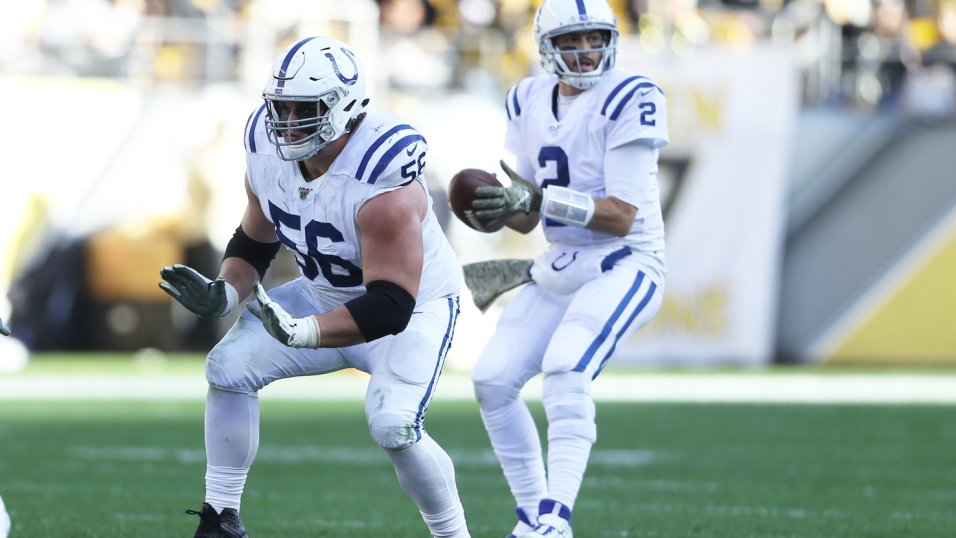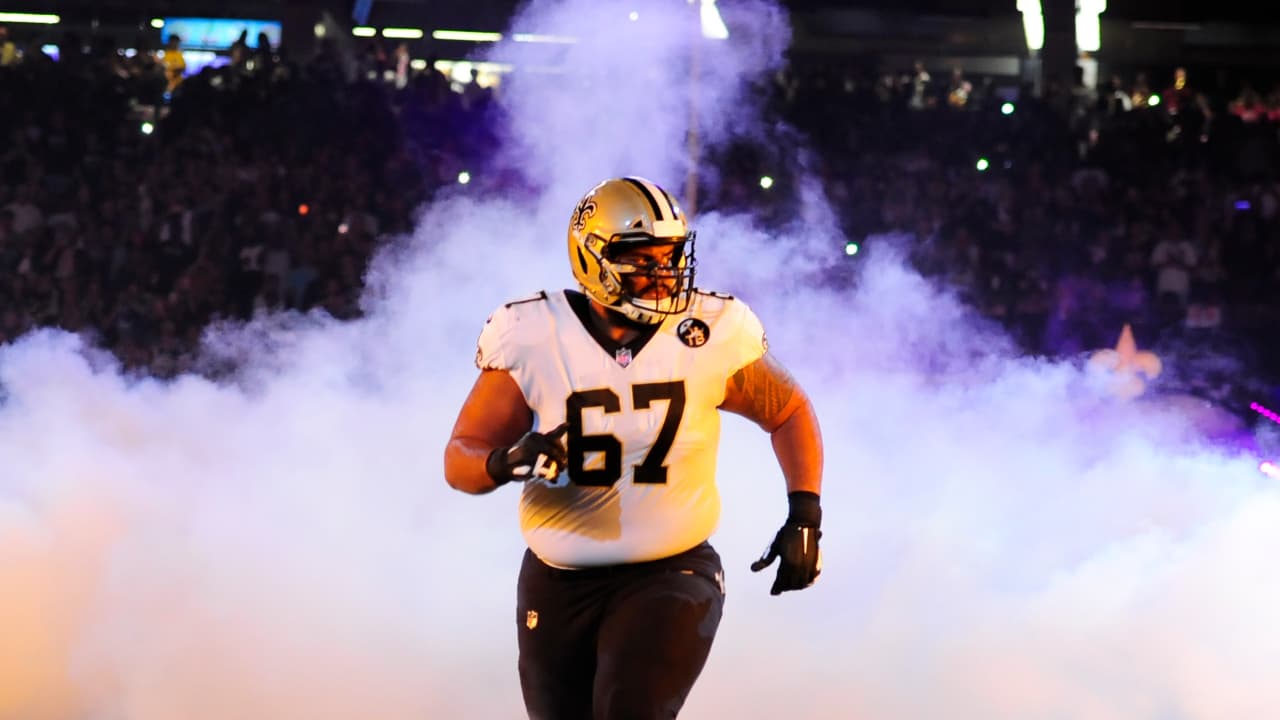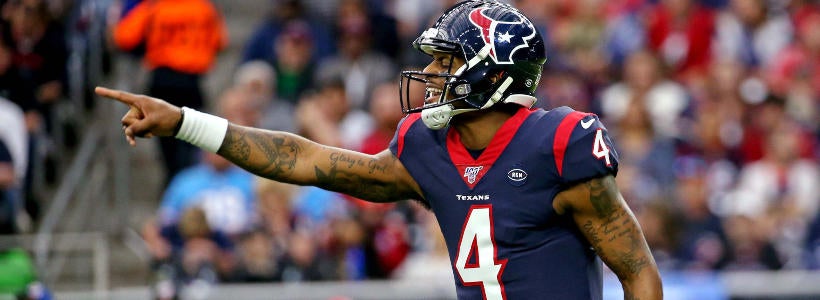Remember when the Broncos, in the late 90’s, could seemingly run any running back out there and he would rush for a thousand yards a season? That was the advent of the great schism in offensive line philosophies – Zone and Man (or Angle). In lockstep with many of the Genus and Species type confusions on how things are named in modern football, it is better to describe why a new philosophy was born and to identify the essential core differences between the two blocking concepts.
Saints odds, line, spread: NFL picks, 2021 Divisional Round predictions by model on 120-78 run SportsLine's advanced computer model simulated Sunday's Saints vs. Buccaneers game. The Bills of the Mid '70s. Known as the 'Electric Company,' The Buffalo Bills line was a dominant run-blocking force. Consisting of Joe Delamielleure, Reggie McKenzie, Dave Foley, Donnie Green, and Mike Montero, the line helped running back O.J. Simpson rush for over 2,000 yards in a 14-game 1973 season. Buccaneers odds, line, spread: NFL picks, 2021 Super Bowl predictions from model on 120-78 run CBS Sports Staff 2/5/2021 On International Women's Day, Biden to sign executive orders on. Money line examples: Lets use an NFL example here: New England Patriots -240. Miami Dolphins +220. To bet the New England Patriots to win on the money line, you would need to spend $240 on the bet for a chance to win $100 if the Patriots beat the Dolphins. Your return would be $340 – the original $240 stake (bet) and the $100 bet profit.
Offensive line play was fundamentally fairly simple until the zone concept developed in the 90’s- essentially it boiled down to “beat the big guy in front of you.” Consider Hall of Fame offensive lineman Russ Grimm’s Hall of Fame quote: “…there’s no greater feeling than to be able to move a man from Point A to Point B against his will.” Let’s simplify things and say that all in all, that was the general approach of offensive linemen until the zone idea came along.
In the mid 90’s, Alex Gibbs put in a zone blocking scheme for the Denver Broncos. Offensive lines were having a very difficult time with all of the zone blitzing of 3-4 defenses, and the stunts of 4-3 defenses. It was extremely difficult to figure out who was blitzing, who was dropping into coverage, and who was just maintaining their gaps. So, Gibbs essentially said forget it… we will dictate how we block by not worrying about where defenders are and we will have the offensive line all move as a unit.
You can easily identify when a team is using the zone blocking scheme, it almost seems like all five guys are just one synchronized marionette moving in one direction. They have a series of “steps” that they all will do where each man is occupying a “zone.” Running backs basically didn’t have to think or react… they had a very specific assignment to follow. There is no true “hole” to run through, simply a point of attack as the linebackers are displaced by the shift of the offensive linemen.
The contrast to that is the traditional “Man” or “Angle.” This is, to simplify, an approach where the offensive linemen have real person assignments to block, and are not just blocking a specific area. In the Angle blocking scheme you will see the pulling guard used to release and move down the line to lead block for a running back.
The Zone offensive scheme thrived tremendously, utilizing smaller but more agile offensive linemen. Angle schemed offensive linemen were generally bigger and stronger. The Zone scheme was difficult for defenses to adjust to until a few teams figured out how to capitalize on the undersized linemen.

Nfl Run Line Betting
Now, before you get too comfortable, there is a third option… The “Gap” blocking scheme. Gap blocking essentially is a hybrid of Man/Angle and Zone. A gap blocking scheme involves the linemen blocking players in the “gaps” to either side of him. A guard might pull through to create a hole for a running back.
Today, teams will generally have a concept that they prefer, which allows them to pursue players that best fit for the system. And some teams have started to use big, physical lineman that you would generally use in the Angle scheme and use a lot of zone concepts. The general idea is to not get too locked into either scheme so that defenses can lock down on the weakness of either.
For the draft, it is important to know what your team prefers to run. In general, zone teams can wait later in the draft for offensive linemen, as there are many “smaller” offensive lineman playing in the spread that can operate effectively in the a zone scheme. However, never be surprised when a team goes after that super-premium left tackle early in the draft. When a team has a left tackle that is both big and agile, it allows the team to mix up schemes within the game, allowing them to dictate the run game.
Explanation of Contrast between Basic Zone and Man Concepts:

Remember when the Broncos, in the late 90’s, could seemingly run any running back out there and he would rush for a thousand yards a season? That was the advent of the great schism in offensive line philosophies – Zone and Man (or Angle). In lockstep with many of the Genus and Species type confusions on how things are named in modern football, it is better to describe why a new philosophy was born and to identify the essential core differences between the two blocking concepts.
Run Line Nfl

Offensive line play was fundamentally fairly simple until the zone concept developed in the 90’s- essentially it boiled down to “beat the big guy in front of you.” Consider Hall of Fame offensive lineman Russ Grimm’s Hall of Fame quote: “…there’s no greater feeling than to be able to move a man from Point A to Point B against his will.” Let’s simplify things and say that all in all, that was the general approach of offensive linemen until the zone idea came along.
In the mid 90’s, Alex Gibbs put in a zone blocking scheme for the Denver Broncos. Offensive lines were having a very difficult time with all of the zone blitzing of 3-4 defenses, and the stunts of 4-3 defenses. It was extremely difficult to figure out who was blitzing, who was dropping into coverage, and who was just maintaining their gaps. So, Gibbs essentially said forget it… we will dictate how we block by not worrying about where defenders are and we will have the offensive line all move as a unit.
You can easily identify when a team is using the zone blocking scheme, it almost seems like all five guys are just one synchronized marionette moving in one direction. They have a series of “steps” that they all will do where each man is occupying a “zone.” Running backs basically didn’t have to think or react… they had a very specific assignment to follow. There is no true “hole” to run through, simply a point of attack as the linebackers are displaced by the shift of the offensive linemen.
The contrast to that is the traditional “Man” or “Angle.” This is, to simplify, an approach where the offensive linemen have real person assignments to block, and are not just blocking a specific area. In the Angle blocking scheme you will see the pulling guard used to release and move down the line to lead block for a running back.
The Zone offensive scheme thrived tremendously, utilizing smaller but more agile offensive linemen. Angle schemed offensive linemen were generally bigger and stronger. The Zone scheme was difficult for defenses to adjust to until a few teams figured out how to capitalize on the undersized linemen.
Now, before you get too comfortable, there is a third option… The “Gap” blocking scheme. Gap blocking essentially is a hybrid of Man/Angle and Zone. A gap blocking scheme involves the linemen blocking players in the “gaps” to either side of him. A guard might pull through to create a hole for a running back.
Today, teams will generally have a concept that they prefer, which allows them to pursue players that best fit for the system. And some teams have started to use big, physical lineman that you would generally use in the Angle scheme and use a lot of zone concepts. The general idea is to not get too locked into either scheme so that defenses can lock down on the weakness of either.
For the draft, it is important to know what your team prefers to run. In general, zone teams can wait later in the draft for offensive linemen, as there are many “smaller” offensive lineman playing in the spread that can operate effectively in the a zone scheme. However, never be surprised when a team goes after that super-premium left tackle early in the draft. When a team has a left tackle that is both big and agile, it allows the team to mix up schemes within the game, allowing them to dictate the run game.